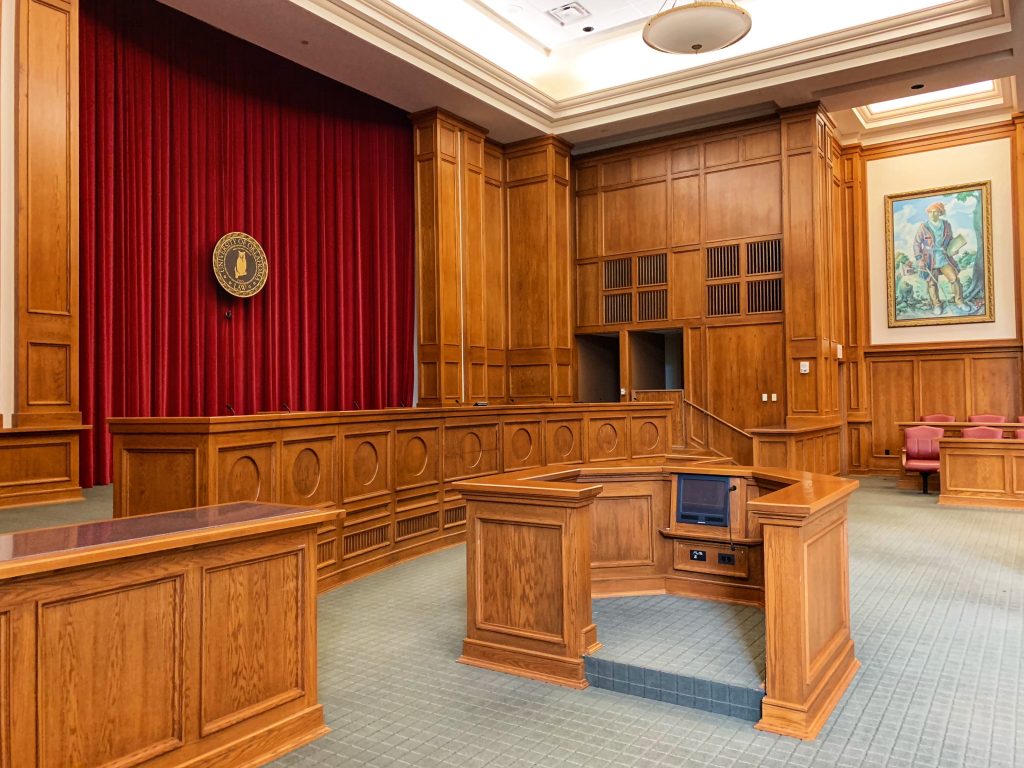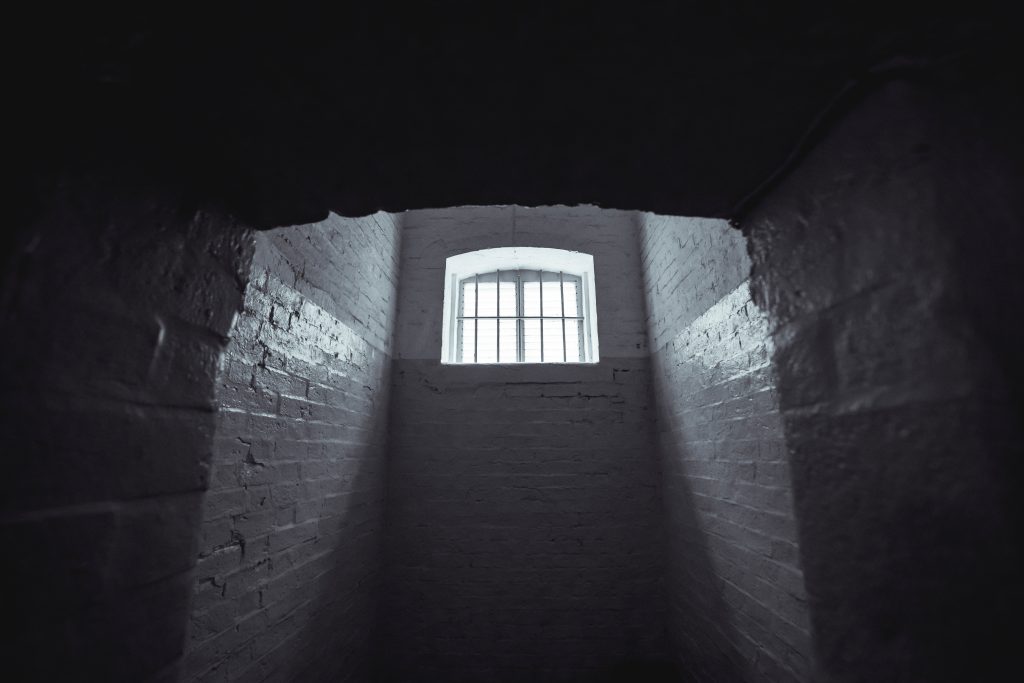If we keep only one verdict: it should be not proven
Campaigners have recently called on the Scottish Government and justice secretary Humza Yousaf to scrap the ‘Not Proven’ verdict which is unique to Scots law. Critics claim the verdict allows guilty suspects to walk free from court where a more acceptable verdict may have been found. Government studies have shown the public has wildly inconsistent views on what the verdict means in law, and how it differs in practice from not guilty.
The Justice Secretary has committed to reviewing multiple aspects of the Scottish criminal justice system, including jury size and the two verdicts system.
A Uniquely Unpopular Option

While the majority of the world has two possible verdicts in a criminal trial, Guilty and Not guilty, Scotland has three. Not proven is thought to be a hangover from the 17th century, where the role of the jury changed from deciding innocence to determining if a burden of proof had been met by the prosecution.
Original there to determine guilt or innocence, the late 1600s saw the role of the jury shift to determining simply whether the facts of the case had been proven or not. Jury’s could find the accused either guilty or declare the cas had not been proven to a sufficient degree,. Determination of guilt or innocence was instead left at the discretion of the judge.
It wasn’t until 1728 when not guilty was reintroduced to the jury again. A unique case resulted where the facts of the matter were beyond any doubt, James Carnegie had indeed killed Charles Lyon. Carnegie’s uncontested claim that Lyon’s death was the result of accidental circumstances resulted in the jury requiring a third verdict to accept the facts of the case without returning a legal conviction.
A Failing Verdict
The three verdicts (one to convict and two to acquit) remain ingrained in Scot law to this day. Consistent calls to abolish the not proven verdict have been made in the last seven decades.
Critics cite misinterpretation of the verdict by juries and the public as some of the biggest failings of the verdict. Often seen as a ‘soft’ option for both the accused and victims, campaigners argue a verdict of not proven has the power to stigmatise the accused and fail to provide closure for victims.
Not proven is disproportionally used in cases of rape and sexual assault. Chief Executive of Rape Crisis Scotland, Sandy Brindley, believes that the verdict gives juries an “easy out” in difficult and sometimes complex trials. She believes the verdict is seen as “less painful” for the victims facing the accused.
Studying Not proven

In the Government’s latest study into the not proven verdict and how it is used, a number of these findings were backed up in evidence.
The study showed removing not proven as an option is likely to incline more jurors towards a guilty verdict in trials which are finely balanced on the evidence. This lends weight to the suggestion that a not proven verdict is returned where juries believe there is a suggestion of guilt but that the prosecution has failed to make a substantial case.
Contrary to suggesting we scrap the 300 year-old verdict, the findings of these studies establish a very credible case for retaining the not proven verdict. For over 300 years now it has been established that a jury’s role is not to determine guilt or innocence, a literally impossible task requiring omnipresent or telepathic powers, but to establish the prosecution has made a case that the accused is guilty beyond a reasonable doubt.
Not proven is a verdict which explicitly states the finding of the jury. Rather than letting the accused ‘off-the-hook’ as suggested by campaigners, it puts the burden back on the prosecution to create a sufficient case that a jury can vote to convict. Criminal justice is wholly centred around this very premise. Maintaining a strong burden of reasonable doubt should be considered a victory of the Scottish legal system rather than something which ought to be abolished.
Shortcomings of Not Proven
The available evidence in many cases of rape and sexual assault is devastatingly slim. These cases are extremely difficult, and often impossible to prove. Commonly, the little evidence available is open to interpretation and argument which makes drawing definitive conclusions impossible.

The prevalence of not proven in these cases is very likely to be an indication of the difficulty of producing a case which convicts beyond a reasonable doubt. Criminal cases often fall short as a case without sufficient evidence is impossible to prove. This is a failing of evidence gathering, of making a case against the accused, but far from that of the justice system.
An exceptionally high burden of proof is precisely the way in which the justice system is designed. To make the case that an individual should have their job, responsibilities, and liberty removed by the state; the system must ensure to an exceptional degree of certainty, a justifiable case has been given.
The clause ‘beyond a reasonable doubt’ is designed to give every individual a measure of protection under the enormous size and resource of the criminal justice system. Regardless of the individual accused or the circumstances of any particular case, it remains the burden of the prosecution to convince a jury beyond any reasonable doubt the accused committed the act in question.
Criminal Vs Civil Cases
This is, by design, a very different burden that the balance of probability which exists in a civil case. In these instances, where imprisonment isn’t often at stake, only a majority weight of evidence is required to favour one party over the other.

How a jury approaches a case is critical to its outcome. There have been cases where jurors have voted to convict on a balance of probabilities, or ‘overall feeling’ of guilt. Misunderstandings such as these are catastrophic miscarriages of justice. Convicting the accused because an alternate scenario or another suspect wasn’t presented in the frame is simply a miscarriage of justice.
The language used in criminal cases matters. “Not guilty” in common use, is a strong assertion of belief that you don’t think the accused did the crime; “guilty” the opposite. These assertions haven’t been the role of a jury for a very long time.
The single role of today’s jury is to determine if they can be absolutely certain, beyond any reasonable doubt, the accused committed the charges levelled against them by the prosecution. If they can’t, if there is any doubt or suspicion at all, then they are duty bound not to convict.
Not proven is precisely what a jury is there to find. If the case for removing any verdict from the criminal justice system could be made, it could be for not guilty. A jury is only ever tasked with determining where a case has been shown proven to the point a conviction is justified, or not proven and an acquittal due.
A case to create a two verdict system, proven and not-proven, could reasonably be made instead. The justice secretary floated the proposal as one of worth consideration as the Government reviews plans in light its recent study.
Many related factors are under consideration too. The unique 15-person jury and majority vote convictions among some of the key highlights Under review, several parts of the system may well be changed. But the one thing we should be proud to keep is the unique verdict of not proven.